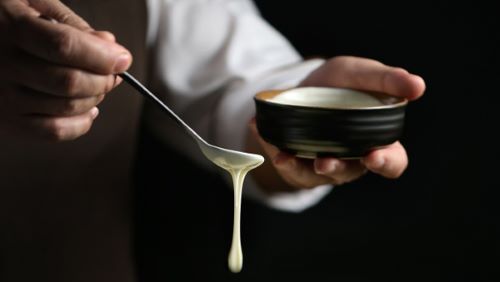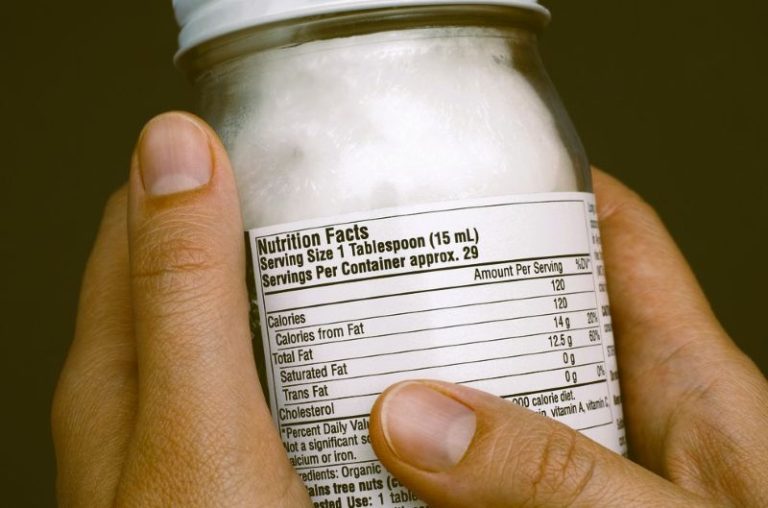

Baking can be a delightful journey, filled with the sweet aroma of freshly baked goods and the joy of sharing them with loved ones. Whether you’re whipping up a batch of chewy cookies, a fluffy cake, or a savory baked sockeye salmon, the magic of baking transforms simple ingredients into something extraordinary. However, achieving that perfect bake isn’t always easy. It takes a blend of science, art, and a bit of intuition to get it right every time.
In this guide, we’ll share ten essential baking tips that promise to elevate your baking skills. From mastering the moisture in your dishes to understanding the crucial role of leavening agents, these tips are designed to help you navigate the complexities of baking with confidence.
So, whether you’re a beginner looking to improve your baking game or an experienced baker aiming for consistency in your creations, these insights will guide you toward better results. Let’s embark on this baking adventure together, armed with the knowledge and techniques to create mouthwatering baked goods that are sure to impress.
1. Precision in Measurement
Baking is a precise science where the exact ratio of ingredients can make or break a recipe. Unlike cooking, where you can often eyeball measurements, baking requires strict adherence to ingredient quantities. A digital scale is indispensable for ensuring accuracy, especially for critical ingredients like flour and sugar. Measuring by weight rather than volume avoids the pitfalls of packing too much or too little into a measuring cup, leading to consistently better baking outcomes.
2. Mastering Moisture
Baked sockeye salmon is a delightful dish that hinges on the perfect balance of moisture. Too dry, and the salmon loses its tender, flaky texture; too wet, and it can become soggy. The key is to create a moisture-sealing barrier with parchment paper or foil, trapping the steam and gently cooking the salmon to perfection. This method isn’t just for salmon; understanding how to manage moisture can improve all your baking endeavors, from meats to cakes, ensuring they come out juicy and flavorful every time.
3. Understanding Your Oven
Every oven has its quirks, whether it runs hot, cold, or has uneven heating zones. An oven thermometer is a reliable tool for checking your oven’s actual temperature, helping you adjust settings for accurate baking. Additionally, rotating pans halfway through baking can mitigate hot spots, ensuring even cooking and browning. Familiarizing yourself with your oven’s behavior will make you a more adaptable and successful baker.
4. The Importance of Ingredient Temperature
The temperature of your ingredients plays a crucial role in the texture and rise of your baked goods. For instance, room-temperature butter creams smoothly with sugar, creating a fluffy base for cakes and cookies. Similarly, eggs at room temperature blend more evenly into batters, contributing to a uniform crumb. By contrast, cold ingredients can lead to a dense or unevenly cooked bake. Planning ahead to bring ingredients to the right temperature before starting your recipe is a simple step that can significantly impact the quality of your baking.
5. The Right Tools for the Job
Investing in quality baking tools and materials can dramatically improve your baking results. For example, silicone baking mats and parchment paper provide non-stick surfaces that also promote even heat distribution, reducing the risk of burnt bottoms. Similarly, using the correct size and type of baking pan as specified in a recipe ensures proper heat circulation and cooking times. High-quality mixing tools, measuring cups, and spoons also contribute to precision and ease in the baking process. While the initial investment in these tools may seem high, their ability to improve your baking outcomes is invaluable.
6. Timing is everything
One of the most common baking mistakes is leaving items in the oven for too long. Overbaking can lead to dry, tough, and sometimes burnt outcomes that detract from the desired texture and flavor. To avoid this pitfall, start checking for doneness a few minutes before the recipe’s stated minimum baking time. Use a toothpick for the cakes (it should come out clean) and press lightly on the surface of cookies (they should spring back). Remember, baked goods continue to cook from residual heat even after being removed from the oven, so a timely removal is crucial.
7. The Role of Leavening Agents
Leavening agents like baking soda and baking powder are essential for adding volume and lightness to baked goods. Understanding the role and proper measurement of these agents can dramatically affect the outcome of your baking. Ensure they are fresh; expired leavening agents lose their potency and can result in flat, dense baked goods. A quick test for baking powder’s effectiveness is to mix a small amount with hot water—if it bubbles vigorously, it’s still good. For baking soda, combine it with a bit of vinegar to check for an immediate reaction.
8. Mixing Methods Matter
The method you use to combine ingredients can have a significant impact on the texture and structure of your baked goods. Whether it’s creaming butter and sugar for a fluffy cake, gently folding to incorporate air into egg whites for a soufflé, or kneading dough for bread, each technique has a specific purpose. Over-mixing can develop too much gluten, leading to tough cakes and cookies, while under-mixing may result in uneven textures. Paying close attention to the mixing method specified in your recipe is key to achieving the perfect consistency.
9. Resting Your Dough
For certain baked goods, like cookies and bread, allowing the dough to rest can make a world of difference in flavor and texture. Resting dough in the refrigerator slows down the yeast activity in bread, leading to a more complex flavor profile. For cookies, chilling the dough solidifies the fat, which helps prevent excessive spreading during baking and results in a chewier texture. The rest period can vary from a few hours to overnight, depending on the recipe, but this simple step can elevate your baking to professional levels.
10. Keeping It Fresh
Proper storage is essential for maintaining the freshness and quality of your baked goods. Cakes and cookies are best stored in airtight containers at room temperature to prevent them from drying out or becoming stale. Bread should be kept in a breadbox or wrapped in a cloth to maintain its crust’s texture. For longer-term storage, most baked goods can be frozen in airtight containers or bags. Thawing at room temperature or briefly reheating in the oven can bring back their just-baked taste and texture.
Conclusion
Mastering the art of baking doesn’t happen overnight, but by incorporating these ten tips into your baking practice, you’ll find yourself achieving consistently good results. From understanding the importance of not overbaking to knowing how to store your baked goods properly, each tip offers a piece of the puzzle in the quest for baking perfection. Baking is a rewarding endeavor that combines precision with creativity, and with these guidelines, you’re well on your way to creating delectable treats that look as good as they taste. Remember, successful baking is as much about the journey as it is about the destination.


